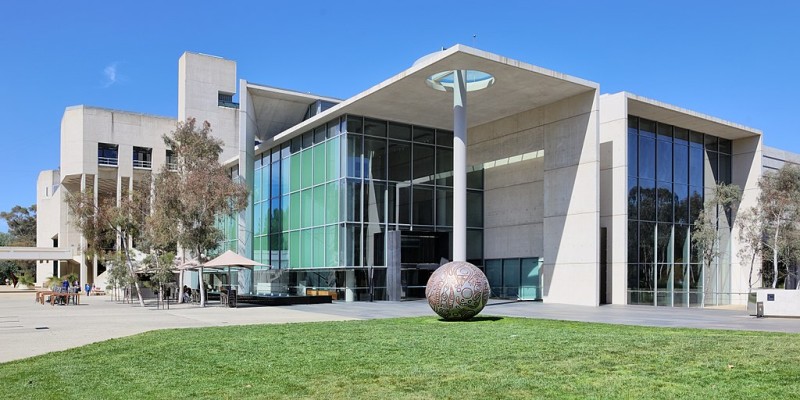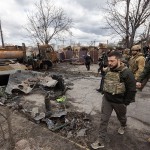“The repatriation is the result of a decade-long investigation and a highly valued collaboration between the National Gallery of Australia and the Ministry of Culture and Fine Arts in Cambodia, to determine the place of origin of the works of art that were removed from the national collection in 2021 due to the likelihood that they were illegally exported from their country of origin,” the NGA said in a statement on Friday.
The statues were bought for US$1.5 million by the Australian museum in 2011 from the late Douglas Latchford, a name which today lives in infamy in the art world, as Latchford was revealed to have dealt heavily in looted antiquities from Southeast Asia, particularly Cambodia, where he once had connections with the oppressive Khmer Rouge regime.
Latchford was charged with antiquities trafficking in 2019 but died before his trial in 2020.
The statues are far from the only such items in high-level Australian museums. Since the revelations about Latchford and other traffickers like Subhash Kapoor – who today is languishing in an Indian prison – became known, Cambodia has been on a mission to retrieve its stolen heritage from around the world.
A recent fact-finding mission by Cambodian heritage experts and an American lawyer, Bradley Gordon to Australia estimated that as many as 100 looted pieces of Cambodian heritage may be housed in notable Australian museums like the NGA, National Gallery of Victoria (NGV) and the Art Gallery of New South Wales (AGNSW).
"We've put together a comprehensive list of what we believe is in museums in Australia and we think it's about a hundred objects,” Gordon told Australia’s ABC News. "And we're not sure how many are in private collections, we're still putting together that information."
The illegal antiquities trade is a multi-billion dollar global industry according to a 2018 report by Standard Charter Bank. Its beneficiaries are not just high society art aficionados, but often the trade is a major funding source for criminal and militant groups on the supply side.
In the 1970s, when Latchford first started working in Cambodia, his sales gave much-needed funding to the isolated Khmer Rouge regime of Pol Pot.
“For a half-century, Latchford plundered the rich heritage of the Cambodian people, crimes that we now know helped to fund the Civil War and Killing Fields.” said the Antiquities Coalition, an NGO which combats the illegal antiquities trade, in a 2022 statement. The looting of cultural property from active war zones is considered a war crime under the 1954 Hague Convention.



